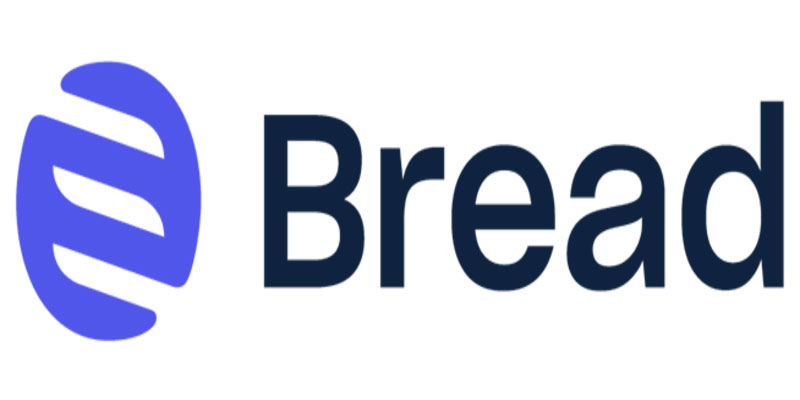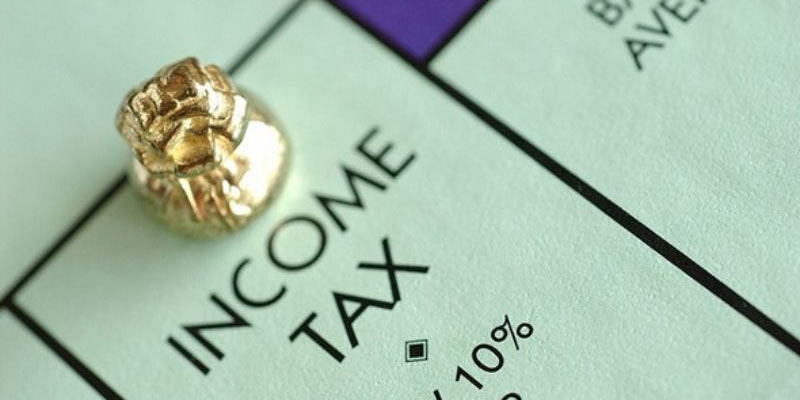
Even while the vast majority of company owners delegate the handling of tax-related matters to an accountant or another tax expert, individuals who are ultimately responsible for meeting all of their tax obligations should nevertheless make an effort to get knowledge of the tax system. This essay will concentrate on the responsibilities of a company owner regarding the payment of payroll taxes.
Any company with workers is legally required to deduct payroll taxes from its employees' paychecks and pay relevant federal, state, and local taxes. The Federal Insurance Contributions Act (FICA), often known as Medicare and Social Security taxes, and any relevant federal, state, and local income taxes, are typically deducted from an employee's salary.
FUTA
Other taxes must be withheld are FUTA, which stands for the Federal Unemployment Tax Act, and disability insurance taxes in some states, including California, Hawaii, New Jersey, New York, and Rhode Island. Because it is possible to incur significant fines and penalties for failing to pay taxes or for missing a payment, it is essential to determine the amount of payroll taxes required and make payments on them on time.
Because the owner of a small company who does not have any other workers but is incorporated is considered the corporation's only employee, the preceding regulations also apply to the owner's paychecks. This is because the owner is the only person working for the corporation. If the company is not established and there are no workers, the proprietor will be responsible for making quarterly anticipated tax payments on any income earned via self-employment.
The calculation of payroll taxes consists of the following three steps:
- Determine taxable workers
- Determine the salaries that are taxed.
- Determine the sums that will be withheld.
- Identifying Workers Who Are Subject to Taxes
Evaluation of Behavior
When an employer has the authority to command and control the work of a worker, that worker is referred to be an employee; although it is not required of the employer to command or manage the worker, the employer retains the power to do so.

Financial Test
The level of control of an employer over the monetary components of the position is evaluated using this test. A worker's standing as an independent contractor might be strengthened in some fields by exerting much control over the materials utilized for their task. The provision of services is one method that may unequivocally differentiate an independent contractor from an employee in a given context. Employees are not allowed to market their services unless they work outside the firm as independent contractors. On the other hand, an independent contractor is not bound to any company and may advertise their services.
Evaluation of the Relationship
This exam is designed to determine how the employer and the employee feel about their working relationship. Suppose a connection between an employer and worker is intended to continue beyond the completion of a certain project or for a predetermined amount of time. In that case, the worker is considered an independent contractor. On the other hand, the worker is considered a taxable employee if the relationship does not have clear limits.
Establishing the Taxability of Wages
Taxable wages are remuneration received for services rendered and might take the form of salary, bonuses, or even gifts. Certain types of remuneration, such as reimbursements for business-related expenses such as travel or meals, may not meet the criteria for taxable wages. Employees must provide receipts or expense reports to prove the costs before the expenses may be considered non-taxable. In addition, they have to make sense and be relevant to the company's operations.
Calculating the Taxes That Are Due
After determining which employees are taxable and which wages are taxable, the next step is to compute the amount of money that must be withheld from each employee's paycheck to cover federal, state, and local taxes, as well as FICA and FUTA. Once you have completed these steps, you are ready to file your taxes.
Federal Taxes
Every paycheck must have federal income taxes withheld for the corresponding period. The wage bracket tables and the percentage tables are the two types of tax tables that may be found on the IRS website and used by employers to determine the amounts of tax that should be withheld. The salary bracket tables are broken down into five separate sections for each payroll period (daily, weekly, bi-weekly, semi-monthly, and monthly). In the first step, employers reduce salaries by the number of exemptions claimed. Afterward, they search for the amount of money that should be withheld from the employee's paycheck using the table corresponding to the employee's tax filing status.











